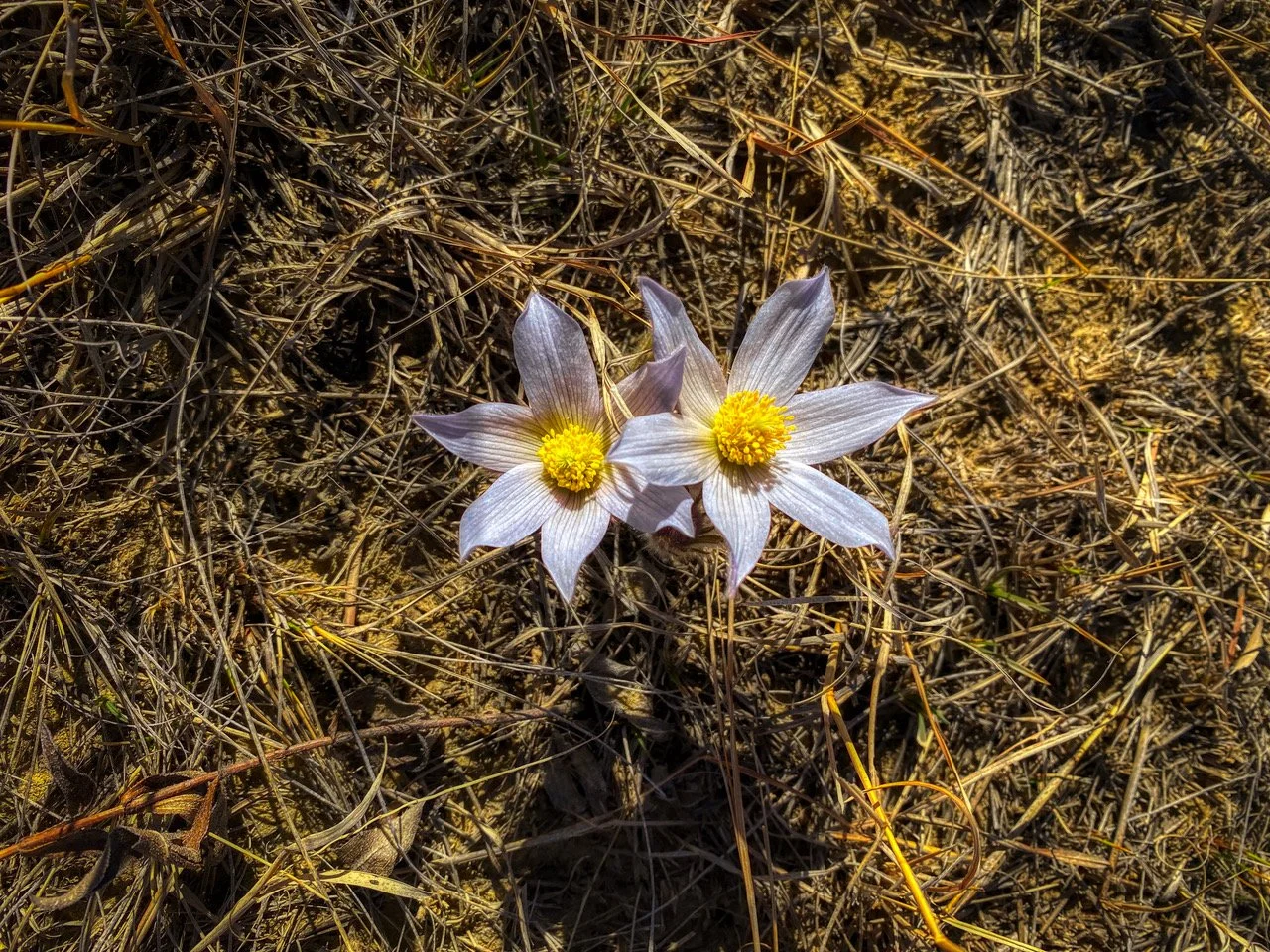Starting a Badlands Conservation Corps (BCC) is a positive direction for the state of North Dakota.
Read MoreFrom May to July, 2025, the six-person BCC field crew provided approximately 1,800 hours of service. Working alongside 13 project partners, BCC maintained 40 miles of trails, removed 4.75 miles of fencing, installed or repaired 30 mile markers and other posts, placed eight benches, and reinforced two erosion-preventing bridges.
Read MoreMy first two years as your Executive Director have paid dividends through relationship building. This was evident in our BCC field crew and how well it has been received. My goal for the next 25 years, BCA will serve as both ‘watchdog,’ and a ‘boots on the ground solution’ to improve western ND for future generations.
Read MoreBen Rawlence, a British writer and journalist, has researched and compiled a fascinating look at the seven major trees in six ecosystems of the northernmost forest, the treeline forest.
Read MoreYour voice matters and this is the time to stand and have it heard! You as BCA members are more critical than ever. BCA will continue to monitor the various threats from oil and gas development, air quality issues around Theodore Roosevelt National Park, water extraction from the Little Missouri Scenic River, and the potential of rare earth mineral mining.
Read MoreThe Badlands Conservation Alliance has begun to put together a White Paper on its concerns about the North Dakota outback, particularly the Badlands. We believe that the people of North Dakota (and beyond) are eager to know just what is at stake in the Little Missouri River Valley in the third decade of the twenty-first century. They want to know what sorts of development threaten one of the most storied and important places in America.
Read MoreJay Grantier has been vital to the BCA mission since its very first meeting, in part because he has authentic roots in the North Dakota badlands. His father was a cowboy in the "way back" time when cattle were first making their way to the badlands from Texas.
Read MoreFarrell spent five years researching and interviewing to write this book. The book is a sociological study of a community where the rich chase beautiful, tax-friendly places and as the author says, “game the system. In most counties in the United States, the population estimates from the census are similar to the number of people claiming residency for tax purposes. Not in Teton County. It has the largest discrepancy between the number of people who actually live there and the number of people who claim to for tax purposes.”
Read MoreI suppose I will claim that the Badlands belong to no one and to everyone: national status should be a shared sense of belonging for yucca, sheep, juniper, rattlesnakes, wolves, coyotes, Cottonwoods, scoria and gumbo, buffalo, wild horses, tourists, golfers, hikers, Cottonwoods, the watercourses, Cottonwoods, historical faith in our country and its hopes, Cottonwoods.
Read More








